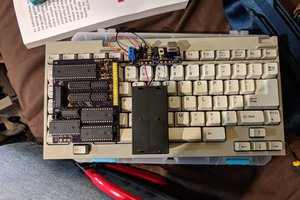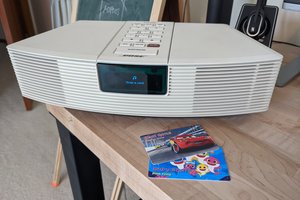- Display: Sharp Memory LCD
- Processing: ESP32, ARM Cortex M7 or M33
- Input: QWERTY keyboard, trackball, d-pad, shoulder and front buttons, microphone, IMU
- Output: indicator LEDs, audio, haptic
- Communications: WiFi, Bluetooth, possibly LoRa
Design goals:
Input-heavy, lots of controls
Minimal, components doubling as structure where possible
Glass, dark PCB / clear soldermask, components visible
High security, indicators and manual cutouts for data sources and transmission
Long battery life
Fully open-source
 Ellie Hussey
Ellie Hussey





 Kyle Isom
Kyle Isom
 Dan Julio
Dan Julio
 charliex
charliex
 gilphilbert
gilphilbert